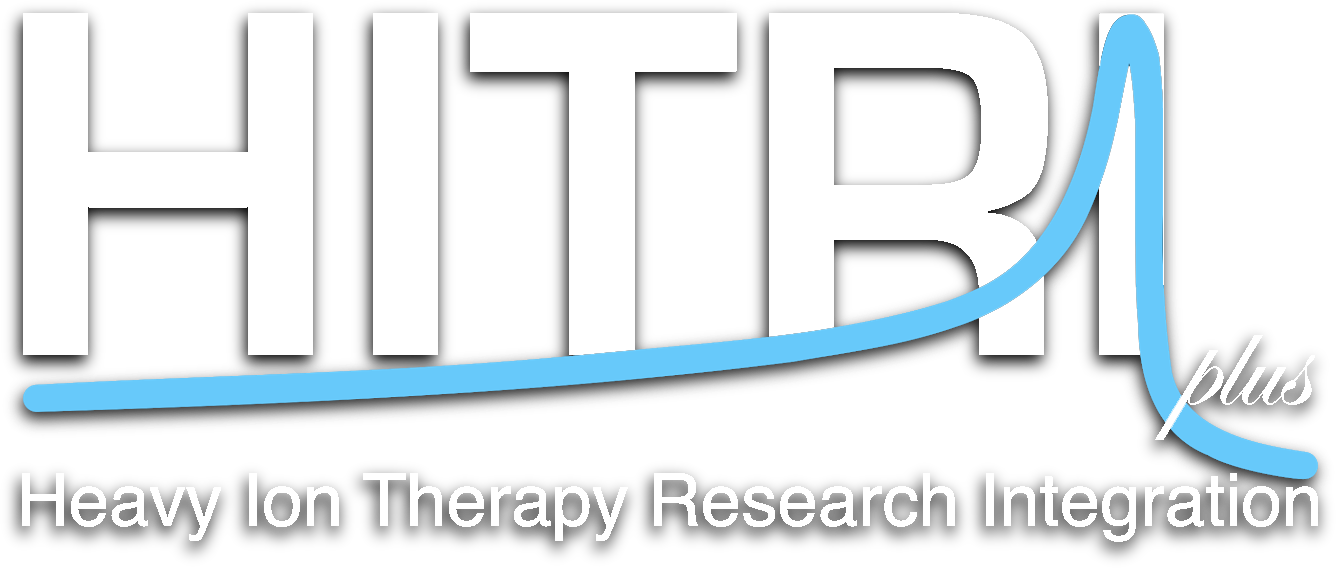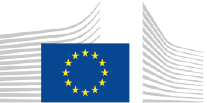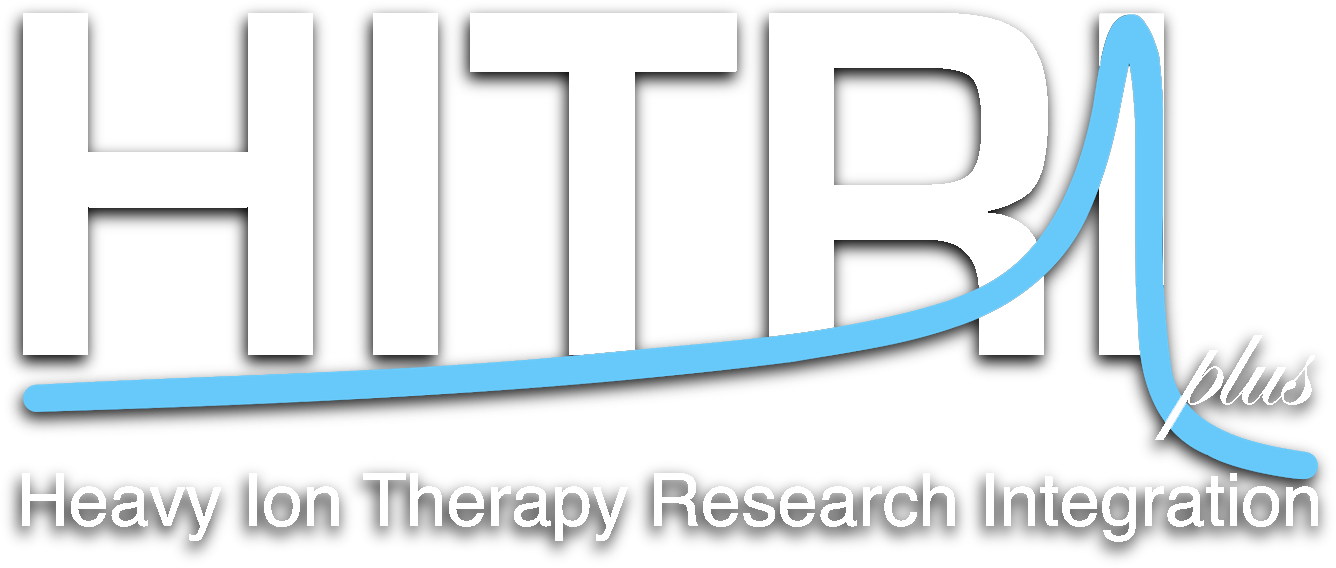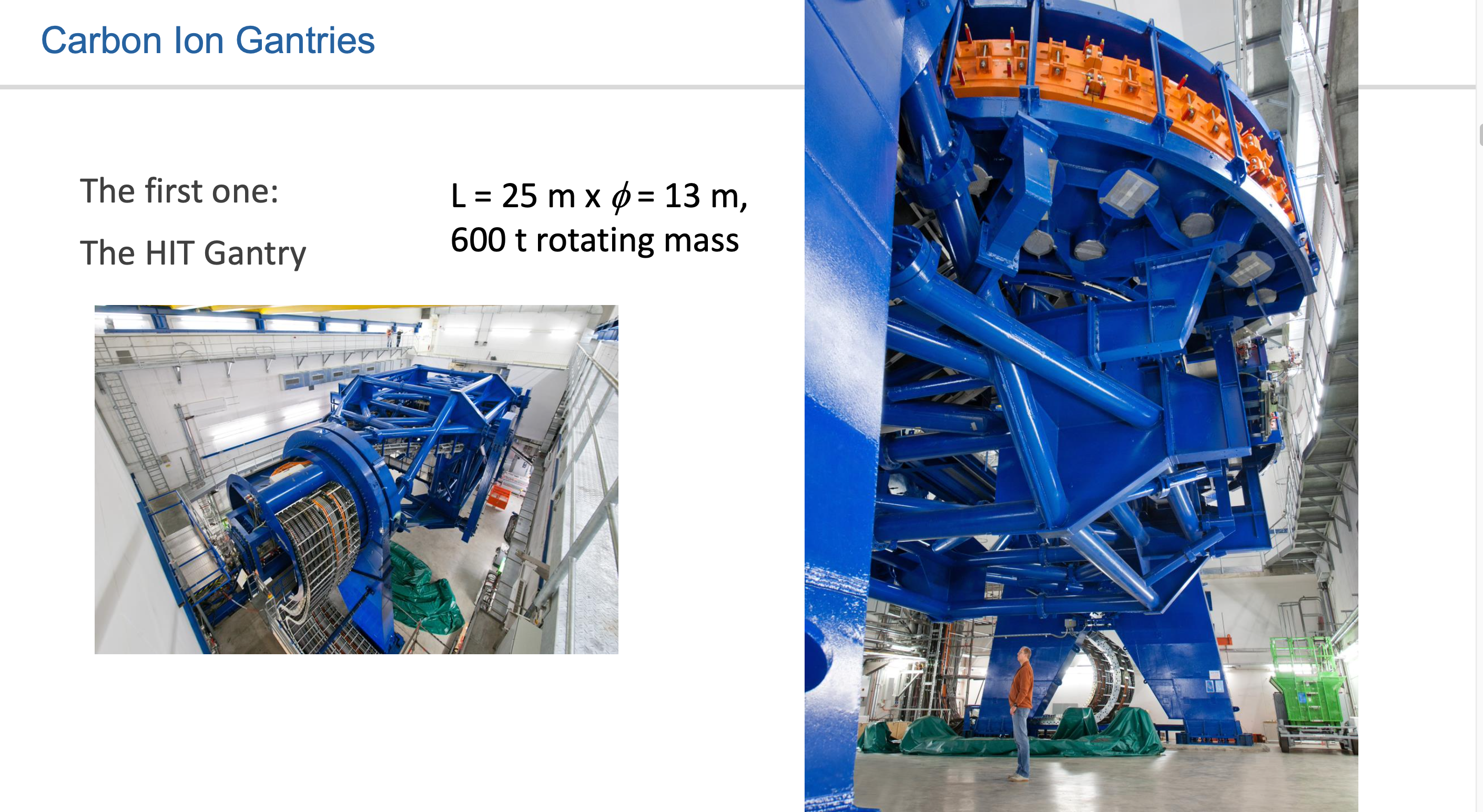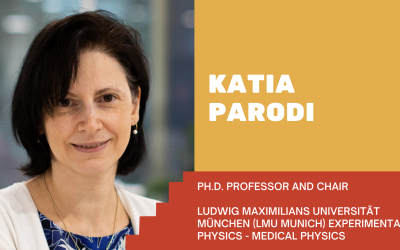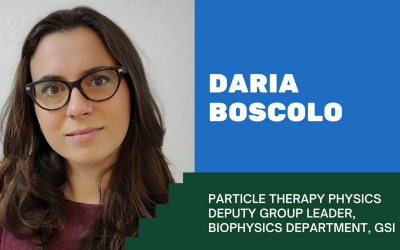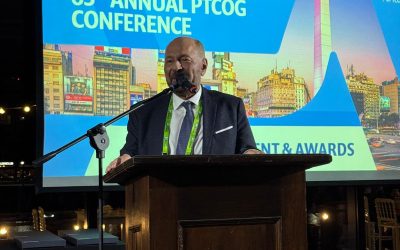In the presentation “Ion Gantries” by Prof. Marco Pullia from CNAO Foundation, the focus was on the development and importance of gantries in particle therapy, especially in treating cancer with ion beams. Pullia discussed how gantries enable directing the therapeutic beam from any angle around the patient, enhancing treatment effectiveness and safety. He emphasized the large size and complexity of gantries for particle therapy compared to conventional radiotherapy, particularly for carbon ion therapy due to larger magnetic rigidity requirements.
The presentation highlighted key design aspects of gantries, including space considerations around the patient, field size, and the positioning of scanning magnets. Pullia also addressed the technical challenges in gantry design, such as achieving a balance between performance, cost, and size. The need for robust treatment planning and the advantages of 360-degree rotation for flexible irradiation directions were underlined.
The speaker presented ongoing efforts at CNAO and collaborations like EuroSIG and HITRIplus, focusing on the design of a carbon ion gantry and the integration of various components such as magnets, beam instrumentation, and cryogenics. The presentation concluded with an acknowledgement of the collaborative efforts and a forward-looking perspective on the future of gantry development in particle therapy.
In HITRIplus, all five European heavy ion research centers have formed a consortium to promote the research and implementation of the clinical applications of hadron irradiation. A centerpiece of the project are almost 500 hours of transnational access (TNA) that can be awarded to researchers and clinicians.
Applicants wishing to access any facility in another country are eligible, with a special focus on applicants from countries that do not dispose of a hadron accelerator themselves.
Applications can be submitted anytime.
Discover more: https://www.hitriplus.eu/transnational-access-what-is-ta/
